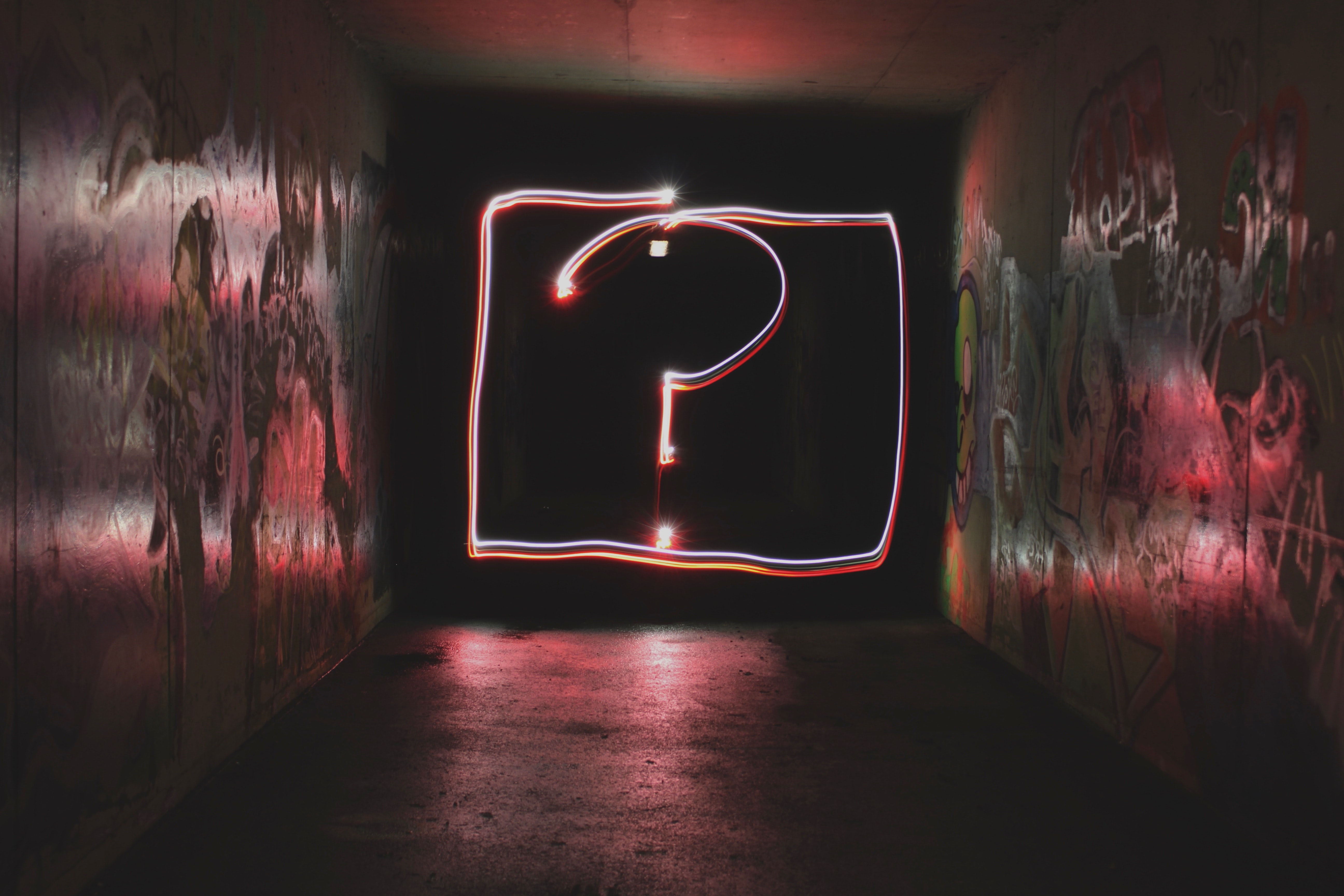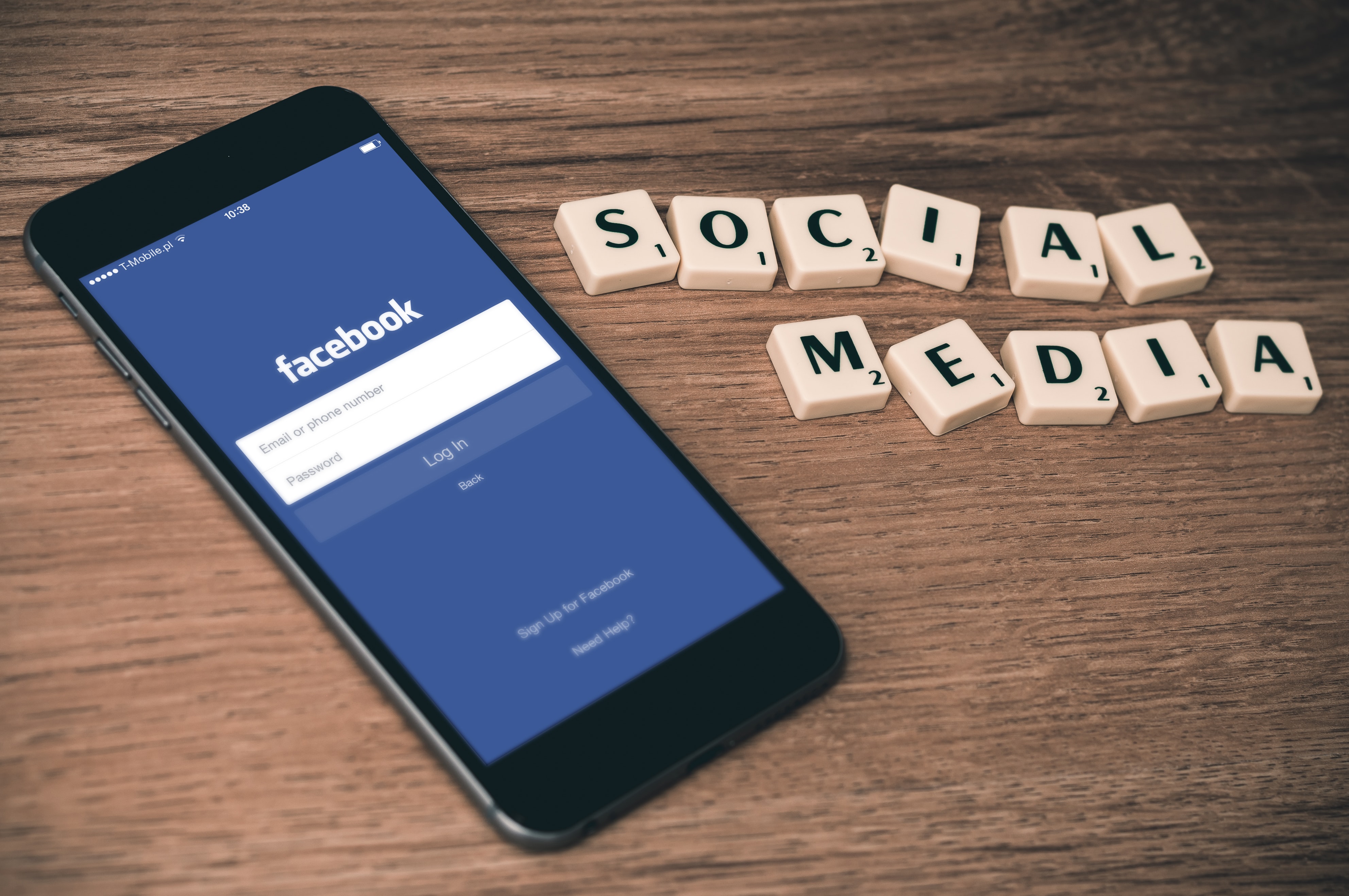
Social media is one of the most powerful marketing tools for many businesses today. It offers endless opportunity to connect with audiences in a fun and creative way, and we just love using various social platforms to help our clients get the best for their business online. There are certain areas of social media marketing that we’re repeatedly asked about, though. Join us as we unravel some of the most common FAQs and enhance your understanding of social media for business…
What’s the Difference Between a Facebook Ad and Boosted Post?
 Any admins of a business page will most likely be familiar with the term ‘boosted post’. Facebook encourages admins to add some budget to their posts which will boost them to a wider audience. Doing this will help increase brand awareness and general page engagement. This is a short process made as simple as possible for the admin, and many frequently use it. A Facebook ad, however, has more of a complex structure. It is created using Ads Manager rather than directly from the Facebook page in question. When creating an ad, you have the option to choose different ad placements, use specific objectives, be more creative with your visuals and use advanced targeting capabilities. We can either create ads from scratch or use page posts in our promotions, and this is something that differs from ad to ad. While having the ability to boost a post is a great way for those new to Facebook marketing to get started, we always build our promotions through Ads Manager to ensure we can achieve results and properly analyse our data.
Any admins of a business page will most likely be familiar with the term ‘boosted post’. Facebook encourages admins to add some budget to their posts which will boost them to a wider audience. Doing this will help increase brand awareness and general page engagement. This is a short process made as simple as possible for the admin, and many frequently use it. A Facebook ad, however, has more of a complex structure. It is created using Ads Manager rather than directly from the Facebook page in question. When creating an ad, you have the option to choose different ad placements, use specific objectives, be more creative with your visuals and use advanced targeting capabilities. We can either create ads from scratch or use page posts in our promotions, and this is something that differs from ad to ad. While having the ability to boost a post is a great way for those new to Facebook marketing to get started, we always build our promotions through Ads Manager to ensure we can achieve results and properly analyse our data.
What are the Recommended Image Sizes for Facebook Ads?
Facebook ads have many placement options. They can be seen in news feeds, on Instagram and Instagram Stories (as Facebook owns Instagram), in Messenger, on the Audience Network, in Facebook Marketplace – the list goes on. In Ads Manager, we are able to change how your ad looks in different places by uploading different sized images. To ensure your campaign looks professional wherever it is seen, it’s a good idea to ensure you have images to fit all of the following placements:
Facebook News Feed – Minimum 254 x 133 pixels
Facebook Stories – Minimum 500 x 262 pixels
Instagram Feed – Minimum 500 x 262 pixels
Instagram Stories – Minimum 500 x 889 pixels
Audience Network Native, Banner & Interstitial – Minimum 500 x 262 pixels
Facebook Instant Articles – Minimum 254 x 133 pixels
Messenger Stories – Minimum 500 x 262 pixels
Facebook Marketplace – Minimum 254 x 133 pixels
Facebook Right Column – Minimum 254 x 133 pixels
Messenger Inbox – Minimum 254 x 133 pixels
Should I be Active on All Social Media Platforms?
Not all social media platforms are suitable for all businesses. Before creating accounts on every platform, it’s important to think about your audience and how they’d want to find you. For example, if you operate an IT support company, it will be beneficial to share content to LinkedIn but there may be little point in managing a Snapchat account for the business. On the other hand, if you’re selling makeup products, your customers will probably be more likely to be active on apps like Instagram and Pinterest than LinkedIn and Twitter. While our answer to this question differs from client to client, the same advice always applies: put yourself in the shoes of your customers. Where would they want to find you? How can you make it easy for them to engage them with your business? Once you’ve figured out which platforms are right for you, you can create some plans for content that is attention-grabbing and will provide something of value to your audience.
How Can I Measure the Success of my Social Media Marketing?
While the success of your social media marketing will largely depend on your personal business goals, there are various KPIs you can look at to ensure you’re on the right track. Monitor the following and you should get a good idea of the growth rate of your social media pages…
Reach
Engagement Levels
Page Likes/Follows
Direct Messages
Shares/Retweets
Tags/Recommendations
Ad Click-Through Rates
Ad Cost Per Result
Conversions from Social
How can Facebook Pixel Help my Business?
For those of you who don’t know, Facebook Pixel is a piece of code that is dropped into your website that tracks site visitors who are simultaneously logged into Facebook on their device. It’s completely GDPR-compliant and a provides a great way to connect with web visitors, as well as finding people with similar demographics to them. Ever found an item of clothing you love online, saved it or put it into your shopping basket but never actually purchased? Did you then find that same item following you around social media for days afterwards? This is the work of a Facebook Pixel. There are various ways in which this tool can help your business, from event tracking to audience creation. Essentially, Facebook Pixel helps you to be seen by the right people, drive sales and easily measure results. No matter how simple or complex your social media strategy is, it’s always best practise to have a Pixel in your website. This way, you can use any collected data in future activity.
If you have any further questions about social media marketing, we’d love to hear them! Please feel free to get in touch and speak to a member of the team for a friendly chat.